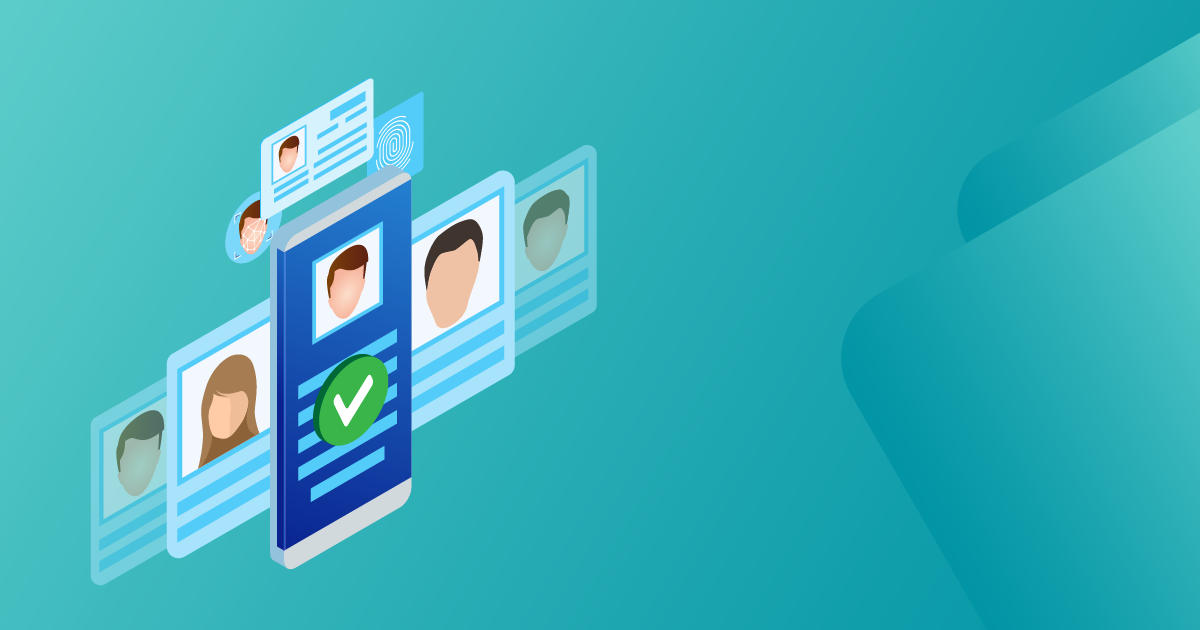

Debunking ISO 20022 Myths
The migration to ISO 20022 by banks around the world brings with it many questions and uncertainties. But what’s more, it also has brought with it some myths, and in this article, we debunk all 7 of them.
MYTH #1 – ISO 20022 is only used for domestic payments
False! ISO 20022 is the new standard language for payment messages and other business areas such as payments, securities, trade services, cards and foreign exchange. It covers market demand for national, regional and international messages.
The first edition of ISO 20022 was published in 2004, after which companies and financial institutions started adopting it for ACH, RTGS and other types of systems. In 2018, SWIFT also approved plans to facilitate the adoption of cross-border payments and cash reporting traffic using ISO 20022.
MYTH #2 – The deadline to migrate to ISO 20022 for CBPR+ is November 2025, far away!
Misleading! The adoption of ISO 20022 (MX*) for Cross-Border Payments and Reporting Plus (CBPR+) must be completed by 2025, at which point category 1, 2 and 9 FIN messages will be retired from the FIN service.
During the coexistence period from March 2023, some financial institutions will begin sending ISO 20022 messages to reap the benefits of rich and structured data, while others will rely on temporary in-flow or local translation services until their back-office is ready to process ISO messages or invest in a payments hub solution to adopt the required changes.
Starting March 2023, financial institutions can start sending MX messages independently of their correspondent’s preferred channel (MT or MX). Moreover, CBPR+ guidelines will be updated to introduce new messages and business rules.
So, financial institutions should consider upgrading their services to XML/MX format including SWIFT gpi, SWIFT Go and others. They should also ensure compatibility and integration with back-end systems and payment channels using ISO 20022 as the standard language.
Early adopters will exploit the benefits of MX, with less complexity and costs as compared to those who will migrate at their own pace up to November 2025.
After November 2025, MT payment messages will no longer be supported by SWIFT except for MT198/298.
*Did You Know? An MX is an XML message definition for use on the SWIFT network. Most MX messages are also ISO 20022 messages.
MYTH #3 – CBPR+ is a new message format that will replace MT messages for cross-border payments
CBPR+ is not a new message format! It is a set of guidelines that cover new message formats, workflows, usage guidelines, rules and payment market practices using ISO 20022 messages.
MYTH#4 – MX provides the same capabilities as MT messages
False! MX provides various new capabilities which include:
- Rich Data Opportunities
“Rich Data” is a huge motivator in the migration to MX. MX payment messages carry much richer information than MT messages and other legacy formats, this information includes:
- Full payer and payee information
- Ultimate debtor and creditor
- Postal and country codes
- Extended remittance information
- Payment purpose code
- Cross functional analytics
- New Business Opportunities
MX provides significant value in terms of additional data capabilities. Considering remittances as an example – much of the present-day payment infrastructure around the world has been designed and optimized for throughput and compliance.
Although businesses may need to incorporate additional transaction data or information in remittance type payments, handling that data has not been a high priority for financial institutions. Many of today's existing payment message standards have the capability to include remittance data, but it is typically limited. As for MX, it includes:
- Invoice financing
- Common account balance reporting
- Intraday liquidity reporting
- Credit optimization
- Real-time cash management
- STP and Automation Cost Efficiency
Internally, banks and corporates can use MX to streamline their internal financial messaging among payments, capital markets, and other financial systems to decrease complexity and increase Straight-Through Processing (STP) rates in addition to:
- Less breaks in payment processes
- Less false positives
- Less investigations
- Better predictability and reconciliation
- Less rekeying
- Interoperability & Harmony
ISO 20022 enables financial institutions to exchange Closed User Group ISO 20022 messages through a clearing house proprietary network and/or SWIFTNet Interact service. It offers interoperability and integration between domestic and international payments, as well as economies of scale with a single message standard across business lines.
- Digital Compliance and Regulatory Efficiency
MX makes it easier to screen against payment messages for sanctioned or embargoed entities, politically exposed persons, and sanctioned goods and ports by allowing screening systems to extract richer data from free text messages.
It enables institutions to confidently discount unnecessary fields and reduce false positives and noise while continuing to screen against fields with useful data, in addition to:
- Compliance with AML & KYC requirements
- Improved structure and efficiency for identity and screening
- Rich party information: all party data be included in the message.
- Specification of a debtor/creditor and/or ultimate debtor/creditor
- Improved Risk Management
MX enhances counterparty risk management with the identification of beneficiaries, as well as enhances data for international and domestic cash and management.
MYTH #5 – Having an MT <> MX translator is sufficient
False! Having a translator is a temporary action and should be replaced by a native CBPR+ approach for the following reasons:
- Not all CBPR+ messages have translation rules in line with the CBPR+ working group
- AML/sanction screening should be applied on the CBPR+ version of the message
- Translator is not guaranteed as a message could be truncated during the translation
- Translator will prevent the ability to utilize and benefit from new ISO 20022* (CBPR+) messages capabilities
*Fun Fact: ISO 20022 is pronounced as ISO twenty-oh-twenty-two, not ISO two-hundred-twenty-two!
MYTH #6 – There is only one migration approach towards MX for CBPR+
No. There are several approaches to successful MX (CBPR+) migration which varies from one financial institution to another depending on the goals, strategies, and client requirements. These approaches include:
- Ad-hoc Translation
- Native Implementation
- Hybrid Approach
- Centralized Payments Hub Orchestrator
- Multi-Tenant Enterprise Hub
MYTH #7 – There aren’t many MX migration initiatives at present
Untrue! ISO 20022 is gaining momentum now more than ever. According to a report by the Bank for International Settlements (BIS) on a survey conducted by the Committee on Payments and Market Infrastructures (CPMI) in late 2021, 74% of respondents have either implemented or have solid plans in place to implement ISO 20022 by 2025.
You May Also Like

A Visionary Payments System for Tomorrow
The payment landscape is undergoing a profound transformation with the advent of the ISO 20022 migration, reshaping the banking sector. As central banks grapple with this monumental shift, they are exploring various strategies to adapt. But how did this transformation begin? And what is the ultimate solution for banks to adopt? Dive into our article to uncover the answers.

From Ink to Clicks: Unraveling the eKYC Evolution
Identity verification has undergone a monumental digital revolution since the introduction of electronic Know Your Customer (eKYC) solutions. Delve into this article to uncover how this innovation has redefined operations and laid the groundwork for a promising trajectory!

Investing in a Better Tomorrow: Decoding ESG and Our Commitment
Embark on a journey with us as we reveal ProgressSoft's notable strides in Environmental, Social and Governance (ESG) practices. From pioneering digital solutions for a greener world to nurturing the leaders of tomorrow, delve into our ongoing impact and join us in shaping a brighter, more sustainable future.
